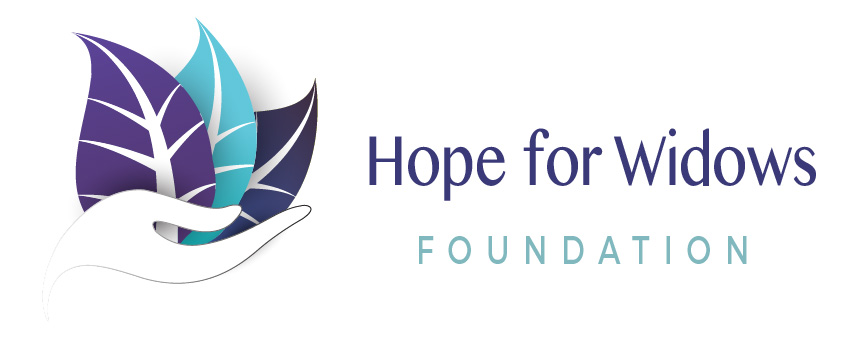He stood in line waiting to place his order at the fast-food restaurant. The line was long, full of seemingly hungry boys and girls, men and women all waiting to eat during a busy lunch time. The smell of the food engulfed the whole restaurant which only made stomach pains louder and the wait in line harder.
When it was the man’s turn to order, he removed his thick glasses in order to read the menu clearer it seemed. He eyed the pickles, the onions, the cheese, and the types of lettuce available- only to be confused with what he wanted on his burger. He paused, pacing on his left foot and then his right and seemed frozen in his selection.
People behind him in line began to mumble to themselves about how long it was for the man to order. An once calm, patient line of hungry customers was quickly turning into an unhappy group of folks voicing displeasure with waiting and subsequently the man. Some people got out of line and left due to their impatience or lack of time. Others leaned against the walls and spent the wait time on their phones- trying to manage their own frustrations.
I watched all this happening and felt sadness at the man’s ordering experience and his indecisiveness. It was as if too many choices had caused him to have no choices or the inability to center on his final choices.
I reflected on that fact that in today’s world people have become so used to making individualized choices that it borders on a compulsion. We want what we want when we want it. No questions, no waiting. We want our coffee with this type of creamer, that kind of sweeteners, that selected temperature (cold or hot), in that style and size of cup.
We pull up to a drive through quickly and order from a menu which allows us to customize our food choices. A sandwich without that type of cheese, a certain kind of bread and meat, cooked to a certain tenderness and texture- all served on a specialized bun.
Our lives are customized into a “cookie cutter” mode that we created from a menu of options. It works every day in our specialized lives. Until it doesn’t.
Like grief. When grief shows its ugly head, all preconceived notions of how life should respond are thrown out the window. Grief makes customization impossible. No matter what you’ve read or heard about losing a loved one or experiencing the death of a spouse, until it happens to you- all bets are off the table.
I read in the ‘70s about the 5 stages of grief: denial, anger, bargaining, depression, and acceptance while in college studying Death and Dying by E. Kubler-Ross. While it was exciting to read and it enhanced my knowledge of grief, the model is now criticized as outdated and unhelpful in understanding the grief process.
When my husband died, I expected my grief journey to reflect those tidy, straight stages. I trusted and believed what the book said and tried to adhere to those 5 stages. I failed miserably. My reality is that I and most every other widow is trying to customize their grief journey from a menu of options that only can be seen and experienced individually. How I have grieved the past 9 years has been fully personalized. It belongs to no one else. While other widows may experience parts of my same journey- it is fully specialized from my own menu of options.
When I cry, why I cry, when I weep, when I lament on my knees, when I yell from the top of my lungs, to when I am silently praying out to my Lord. It’s personalized. Truly each widow’s grief journey is hers alone. The options to control what is, or how it affects our lives is not others to control. No matter how impatient others may get with us and try to push us along in the grief journey, only we know our menu of selections, the pace we can adhere to, and what we want in our lives.
We are so used to being able to fit things into our lives when its convenient or what we want to hear, do, or eat, we foolishly expect grief to yield to our desires and fit neatly into our lives. I had to learn that grief will show up at the most inconvenient times on the busiest of days and places. I relax and let it have its way.
So, I continue to have control over what I can and order my customized drinks and food with the full knowledge that my grief is truly mine and is one area of my life- it is not controllable.
One thing I am proud to say, when I look back over the past 9 years- I have come a long, long way forward and for that I am proud of my strength and patience.
****************************************************
Mark your calendars! Hope for Widows Foundation‘s annual virtual Widows of Hope 5k event has returned on Friday, May 10 through Sunday, May 12, 2024. Anyone can join! Whether you are a widow, widower, or a friend/family member showing support or walking in the loss of another family member, everyone is welcome to participate. The proceeds will directly support widows through the annual financial Restoring Hope and Peace Grants, Sunshine Boxes program, and Bring Hope Holiday Assistance Program. Do you have or know a business that would like to sponsor? That’s an option too! To register and frequently asked questions- please go to here: Widows of Hope 5K- May 10-12, 2024 registration information at GetMeRegistered.com


